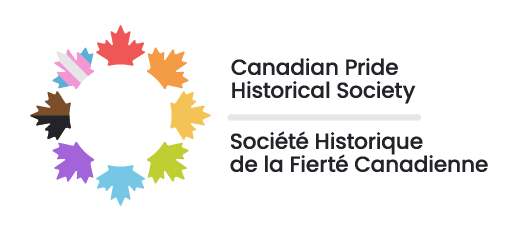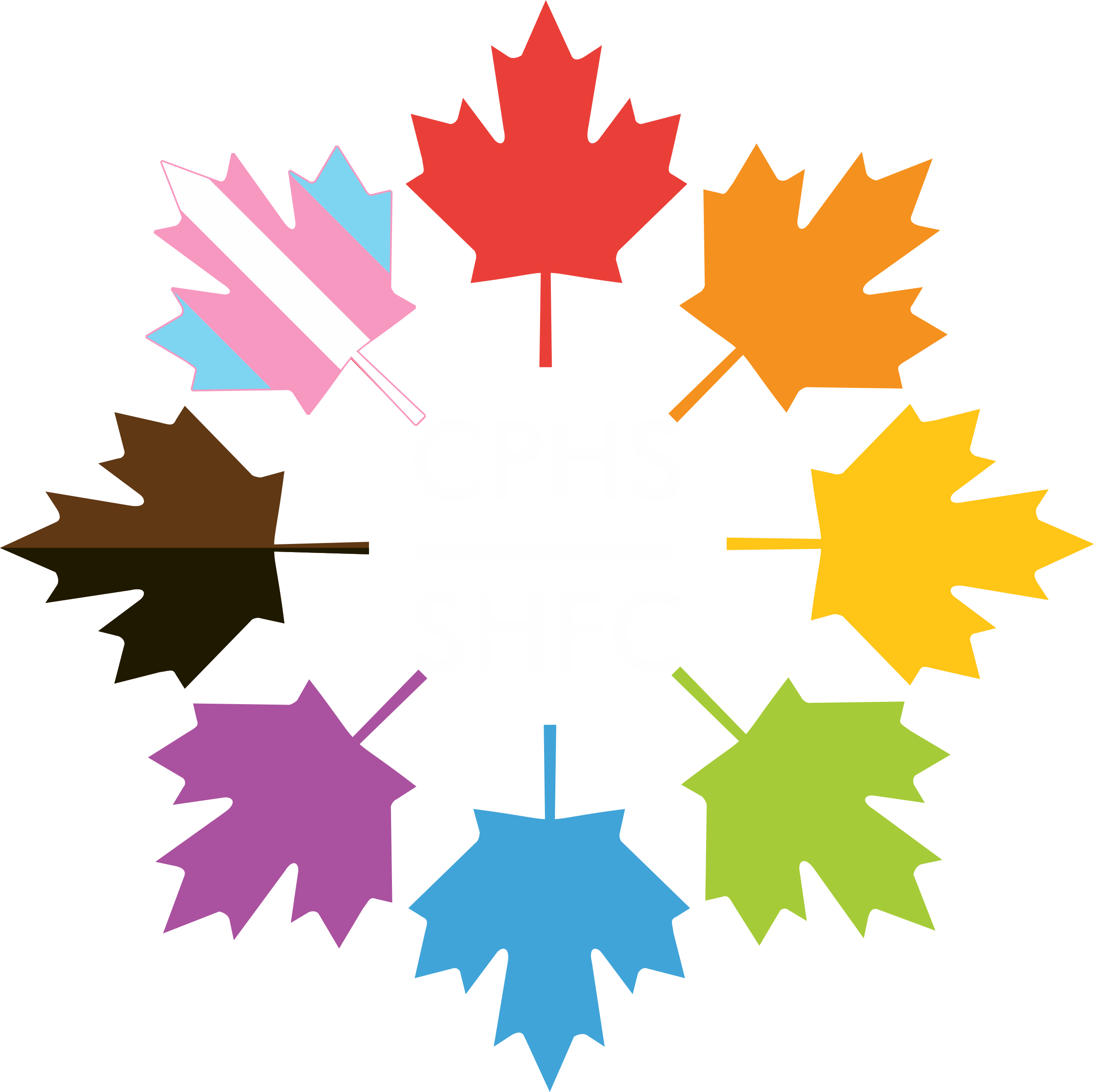Language has always shaped how Canadians see gender. For transgender and gender-diverse people, finding the right words has been an ongoing act of visibility and survival.
Before “transgender” entered everyday use, Canadian media and legal records often used medical or sensationalized terms. In the 1960s and 1970s, “transsexual” and “sex change” were the most common descriptors. These words were clinical and focused on physical transition rather than identity, yet they marked the beginning of national awareness. Early coverage, such as stories about Christine Jorgensen and later Canadian figures like Susan Gapka, brought gender variance into public view, though often through a narrow lens.
From “transsexual” to “transgender”
By the late 1980s, activists and community groups began promoting “transgender” as a more inclusive term. It reflected a broader understanding that not all gender-diverse people seek surgery or medical transition. The shift was about self-definition and autonomy over language.
In Canada, organizations such as Egale Canada and the Gender Identity Clinic at Toronto’s Centre for Addiction and Mental Health helped introduce and normalize the term. This coincided with an international move toward recognizing gender diversity as a social and human rights issue rather than a medical condition.
Media, policy, and the power of words
Canadian journalists initially struggled to adjust. Reports often relied on outdated terminology or misgendered individuals. In the 1990s and early 2000s, trans advocates began working with editors and educators to guide inclusive language use. The Canadian Press Stylebook, CBC’s internal language guide, and LGBTQ2+ media resources gradually adopted “transgender” as standard.
Policy reform also shaped how Canadians talked about gender. Beginning in 2012, provinces such as Ontario and Manitoba added “gender identity” and “gender expression” to human rights codes. When the federal government followed suit in 2017 through Bill C-16, legal definitions reinforced consistent terminology across institutions.

Image Credit: Canadian Women’s Chamber of Commerce: https://canwcc.ca/resources-for-transgender-awareness-month/
Indigenous voices and older wisdom
While “transgender” was gaining ground in policy and media, Indigenous peoples were revitalizing the term “Two-Spirit.” Emerging in the 1990s from within Indigenous LGBTQ+ communities, it described pre-colonial understandings of gender diversity and spiritual roles. Two-Spirit leaders reframed national dialogue by reminding Canadians that gender variance had always existed on this land.
Words that keep evolving
The vocabulary around gender in Canada continues to grow. Terms such as “non-binary,” “gender-fluid,” and “gender-diverse” reflect a movement toward inclusivity and personal agency. Each new word signals progress in the collective understanding of identity.
For historians and archivists, recording how these terms change over time is vital. Through projects like those led by the Canadian Pride Historical Society, documenting shifts in language helps trace how Canadians have come to understand gender diversity.
References:






